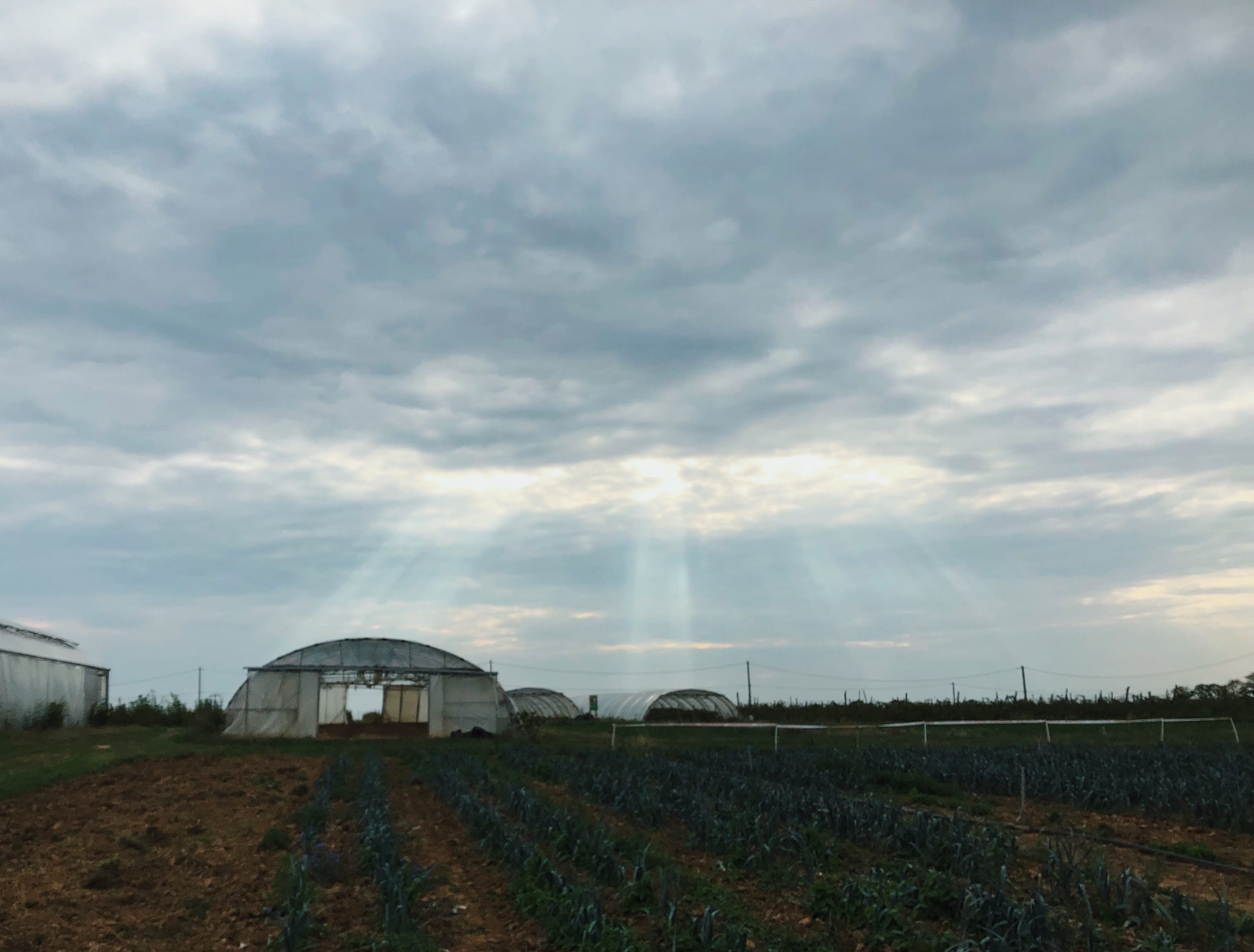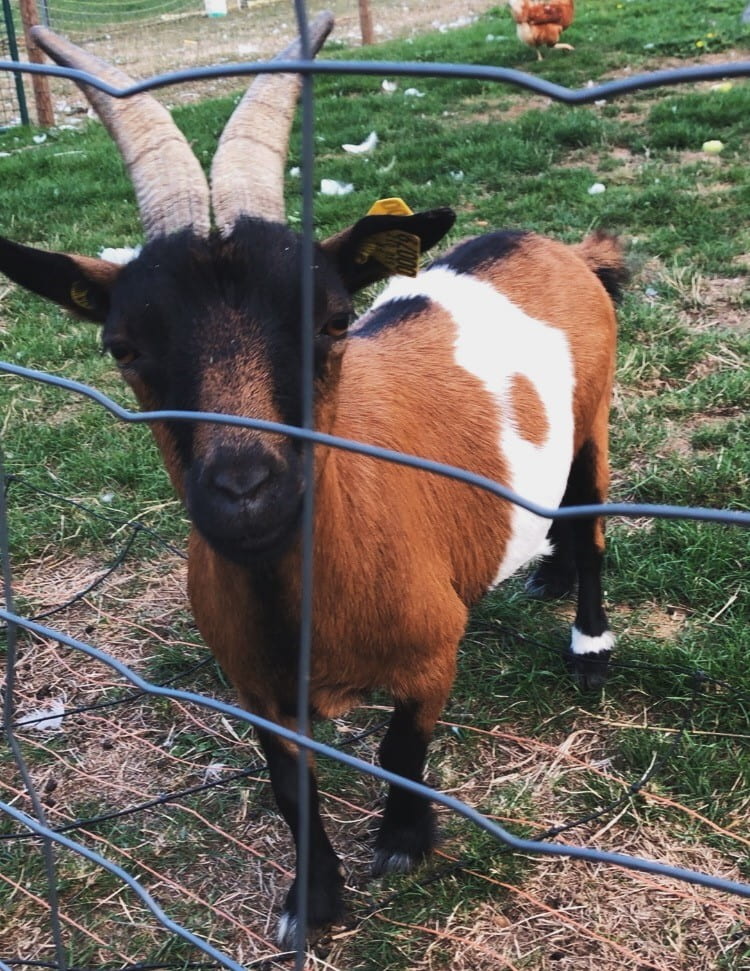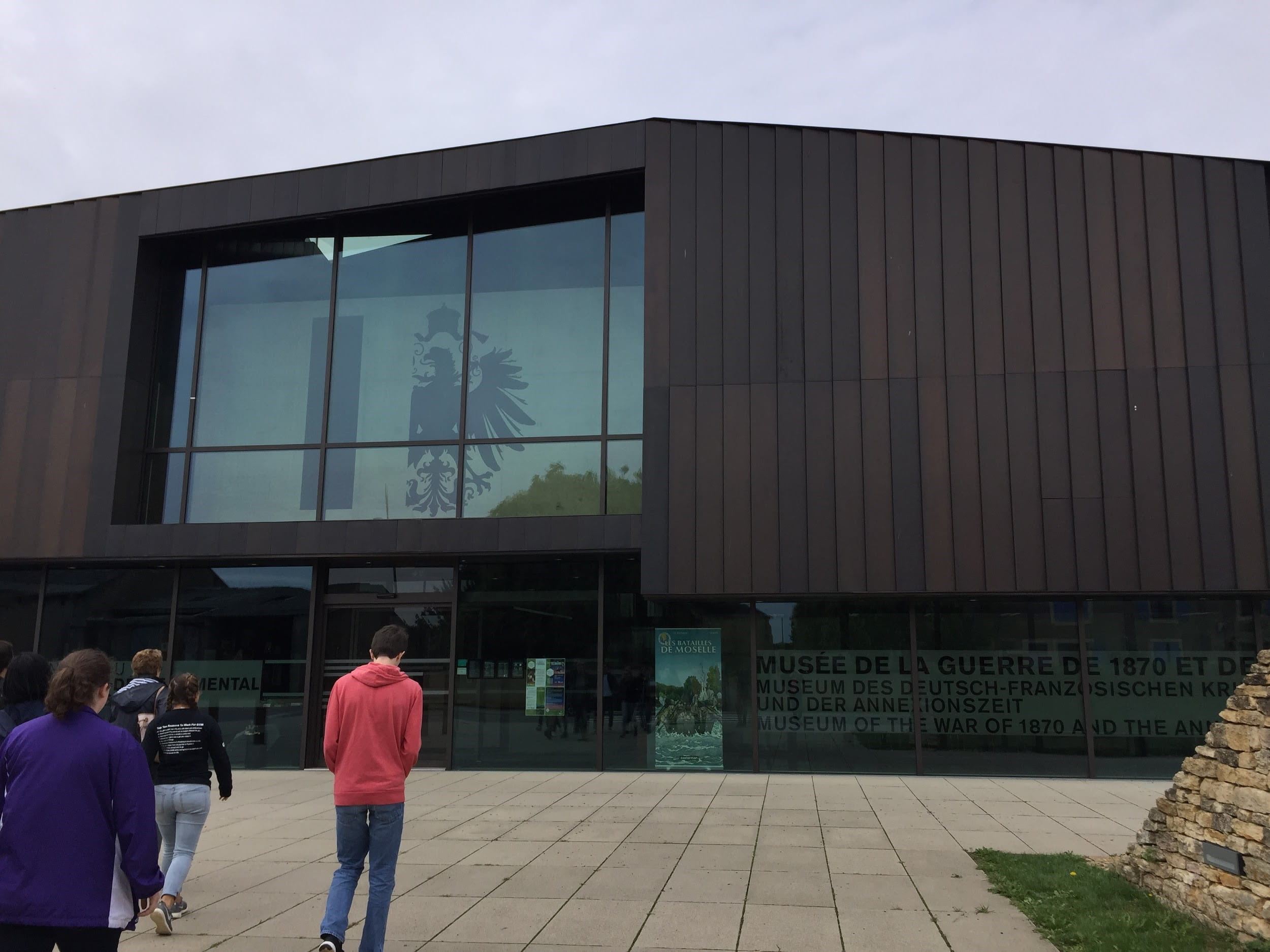Friday, October 11, 2019 | Written by Karsten

I am a car nerd. I can’t tell you how an engine works exactly, I don’t know the relationships between different parts, but I can name random facts about cars and correctly guess most higher end models from a fair distance away. When I signed up for the HTS 2100 class I’m in, I had no idea there were field trips involved (luckily, they didn’t mess with plans I had already made). Before this weekend, we had only had the one to Crystal Saint-Louis, but this weekend was the one I was most excited for about any of them on the list. We went to Munich to see the BMW factory and museum.
The field trip started after classes on Wednesday. Since our first train was at  5:38 PM, the 3:30 PM classes got to leave a little early to ensure that we made it with plenty of time. We were all good with trains until our last one, which we thought we were going to miss, got delayed, but people were getting food and so most people waited for the next one anyway. However, a trio of us didn’t get that memo, so we arrived in Munich an hour earlier than everyone else. We finally made it to our hostel at about 1:30 AM, and with breakfast at 7 AM, no one slept too well. From breakfast, we went to the FIZ, which is BMW’s information and R&D headquarters. We met with a few German interns, and they were our tour guides for the day. We went almost immediately to a Georgia Tech alum, Tomohiro, who currently works in acoustics, and his intern Nate, a current Georgia Tech student who was in this class last fall.
5:38 PM, the 3:30 PM classes got to leave a little early to ensure that we made it with plenty of time. We were all good with trains until our last one, which we thought we were going to miss, got delayed, but people were getting food and so most people waited for the next one anyway. However, a trio of us didn’t get that memo, so we arrived in Munich an hour earlier than everyone else. We finally made it to our hostel at about 1:30 AM, and with breakfast at 7 AM, no one slept too well. From breakfast, we went to the FIZ, which is BMW’s information and R&D headquarters. We met with a few German interns, and they were our tour guides for the day. We went almost immediately to a Georgia Tech alum, Tomohiro, who currently works in acoustics, and his intern Nate, a current Georgia Tech student who was in this class last fall.
To see the impact of someone who knew nothing about acoustics and also  knew no German a year ago definitely made me consider trying to get an internship for sometime next year. After learning about their jobs, we had lunch at the “small” cafeteria in the headquarters. Apparently, the one in the FIZ is substantially larger, but I guess that makes sense, as 15,000 people work there. We watched a few presentations after, and considering the little sleep we all got the previous night and the presentations being immediately after lunch, it was rather difficult to stay awake, but at least the topics were interesting.
knew no German a year ago definitely made me consider trying to get an internship for sometime next year. After learning about their jobs, we had lunch at the “small” cafeteria in the headquarters. Apparently, the one in the FIZ is substantially larger, but I guess that makes sense, as 15,000 people work there. We watched a few presentations after, and considering the little sleep we all got the previous night and the presentations being immediately after lunch, it was rather difficult to stay awake, but at least the topics were interesting.
After the presentations was the factory tour. The thing that stuck out the most about the factory tour was that the production of the body is over 99%  automated, meaning that there are tons of robots doing all of the welding and shaping of the body. We also saw the production of the engines, seats, and the pairing of engines to the transmissions and to the body. While this isn’t the first car factory I’ve toured (I visited Lamborghini before my senior year of high school), it won’t be the last car factory I’ll tour (I’m visiting Porsche around Thanksgiving). And though the cars we saw in production (3 Series coupes and wagons and 4 series coupes) aren’t as interesting to me as, say, a Lamborghini Huracan or a Porsche 911, it was very in depth, and we got to see it all come together, which was very cool.
automated, meaning that there are tons of robots doing all of the welding and shaping of the body. We also saw the production of the engines, seats, and the pairing of engines to the transmissions and to the body. While this isn’t the first car factory I’ve toured (I visited Lamborghini before my senior year of high school), it won’t be the last car factory I’ll tour (I’m visiting Porsche around Thanksgiving). And though the cars we saw in production (3 Series coupes and wagons and 4 series coupes) aren’t as interesting to me as, say, a Lamborghini Huracan or a Porsche 911, it was very in depth, and we got to see it all come together, which was very cool.
This post is ending at about 5:00 PM on Thursday, meaning there is still almost a day’s worth of the field trip remaining, so stay tuned next week to see the post about the alumni meet and greet and the two museums we are going to on Friday.















 engineer’s playground. As part of Professor Tim Stoneman’s HTS 2100 class at Georgia Tech-Lorraine, we had the opportunity to visit this amazing place with Dr. Stoneman and Professor Turab Zaidi. It was enlightening to learn about the history and stories behind the aircraft on display in the Aeroscopia Museum, and the experience of being inside the Concorde was extraordinary. The highlight of the trip was definitely the visit to Airbus, where we got to see aircraft at various stages of completion on the final assembly line. Of particular significance was the A380, the world’s largest passenger aircraft — it is impossible to get a sense of scale until you realize that you can stand inside the base of the wing! Later in the afternoon, the good folks at Airbus gave us the chance to try out their state-of-the-art VR and 3D scanning equipment. Airbus researchers use these tools to create and test virtual models of their aircraft, and we learned a great deal exploring virtual models of airplanes and taking 3D images of ourselves.
engineer’s playground. As part of Professor Tim Stoneman’s HTS 2100 class at Georgia Tech-Lorraine, we had the opportunity to visit this amazing place with Dr. Stoneman and Professor Turab Zaidi. It was enlightening to learn about the history and stories behind the aircraft on display in the Aeroscopia Museum, and the experience of being inside the Concorde was extraordinary. The highlight of the trip was definitely the visit to Airbus, where we got to see aircraft at various stages of completion on the final assembly line. Of particular significance was the A380, the world’s largest passenger aircraft — it is impossible to get a sense of scale until you realize that you can stand inside the base of the wing! Later in the afternoon, the good folks at Airbus gave us the chance to try out their state-of-the-art VR and 3D scanning equipment. Airbus researchers use these tools to create and test virtual models of their aircraft, and we learned a great deal exploring virtual models of airplanes and taking 3D images of ourselves. Toulouse to the Mediterranean Sea. It was humbling to see the result of the ingenuity and hard work of the men and women who built the canal, all of which was dug by hand more than 300 years ago. We also stumbled across a bridge dedicated to Thomas Jefferson! He had journeyed through the canal from Sète on the Mediterranean coast to Toulouse, and our visit retraced a portion of the route he took over 200 years ago. Lunch was devoured at a tasteful restaurant right next to the 9 staircase locks of Fonserannes, near Béziers, accompanied by a nice view of the city’s cathedral. We also got the chance to see some boats passing through the locks, just as they have done for over three centuries.
Toulouse to the Mediterranean Sea. It was humbling to see the result of the ingenuity and hard work of the men and women who built the canal, all of which was dug by hand more than 300 years ago. We also stumbled across a bridge dedicated to Thomas Jefferson! He had journeyed through the canal from Sète on the Mediterranean coast to Toulouse, and our visit retraced a portion of the route he took over 200 years ago. Lunch was devoured at a tasteful restaurant right next to the 9 staircase locks of Fonserannes, near Béziers, accompanied by a nice view of the city’s cathedral. We also got the chance to see some boats passing through the locks, just as they have done for over three centuries. Danielle Andreu, head of partner school ENSEEIHT’s International Office, and the students of ENSEEIHT, recently renamed the Toulouse School of Engineering, who graciously provided us food, transportation, and camaraderie.
Danielle Andreu, head of partner school ENSEEIHT’s International Office, and the students of ENSEEIHT, recently renamed the Toulouse School of Engineering, who graciously provided us food, transportation, and camaraderie. which was a nice change of pace from the spaghetti and meat sauce that has become my go-to meal. The main course was chicken served with three sauces, and each of them was more delicious than the last. The entire meal was great.
which was a nice change of pace from the spaghetti and meat sauce that has become my go-to meal. The main course was chicken served with three sauces, and each of them was more delicious than the last. The entire meal was great. everything I do is an authentic cultural experience, I would not be able to live my daily life.) However, I was able to interact with the servers and ask them about their program, had some delicious French food at a traditional French table setting, and had a wonderful espresso after the meal. (One difference is that French people call it expresso, with an x, which is a big pet-peeve of mine in the States.)
everything I do is an authentic cultural experience, I would not be able to live my daily life.) However, I was able to interact with the servers and ask them about their program, had some delicious French food at a traditional French table setting, and had a wonderful espresso after the meal. (One difference is that French people call it expresso, with an x, which is a big pet-peeve of mine in the States.)
 between “The crisis of the 10,000 forks,” “How much bread can a purse smuggle,” and “Is Nutella really a chocolate – but more to the point, can it also go in this purse” while feigning a level of class we clearly did not possess. Pretenses aside, the food was
between “The crisis of the 10,000 forks,” “How much bread can a purse smuggle,” and “Is Nutella really a chocolate – but more to the point, can it also go in this purse” while feigning a level of class we clearly did not possess. Pretenses aside, the food was